Pre-Hospital Antibiotics in Sepsis?
RebelEM
JANUARY 18, 2024
Time to antibiotic therapy (from triage, not from onset of infection) has become a quality metric to improve the time to administration of these medications. Prehospital Administration of Broad-Spectrum Antibiotics for Sepsis Patients: A Systematic Review and Meta-Analysis. Paper: Varney J et al. to 0.97; p = 0.02 to 2.07; p = 0.91





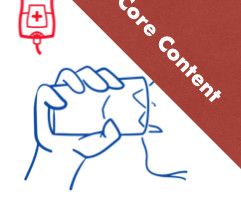





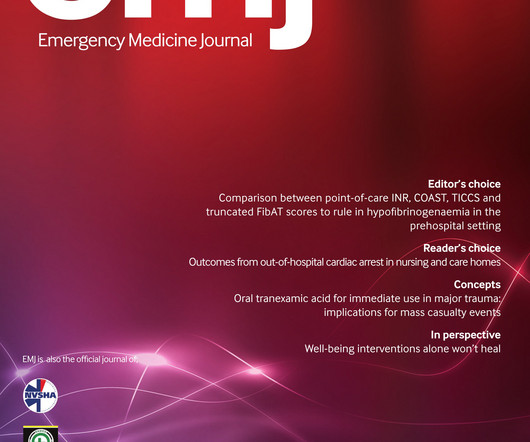

















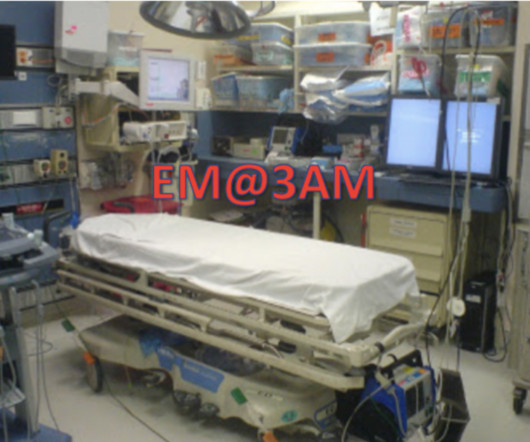

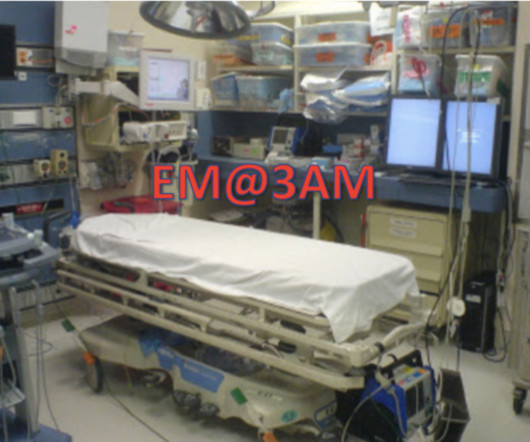




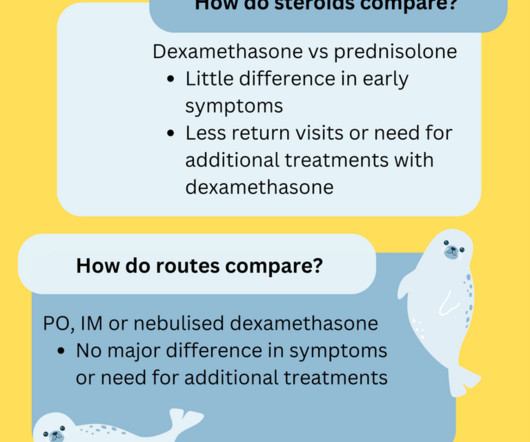














Let's personalize your content